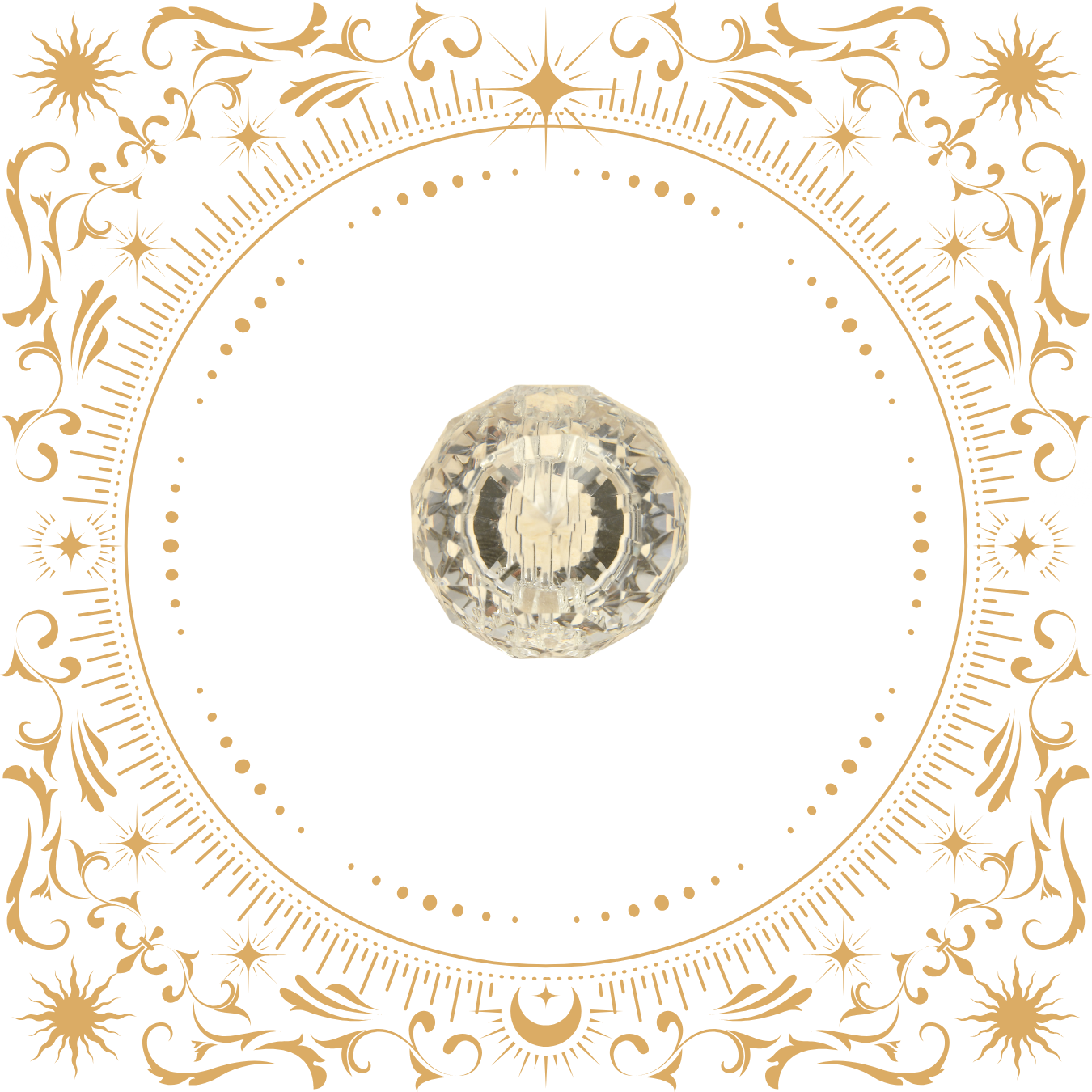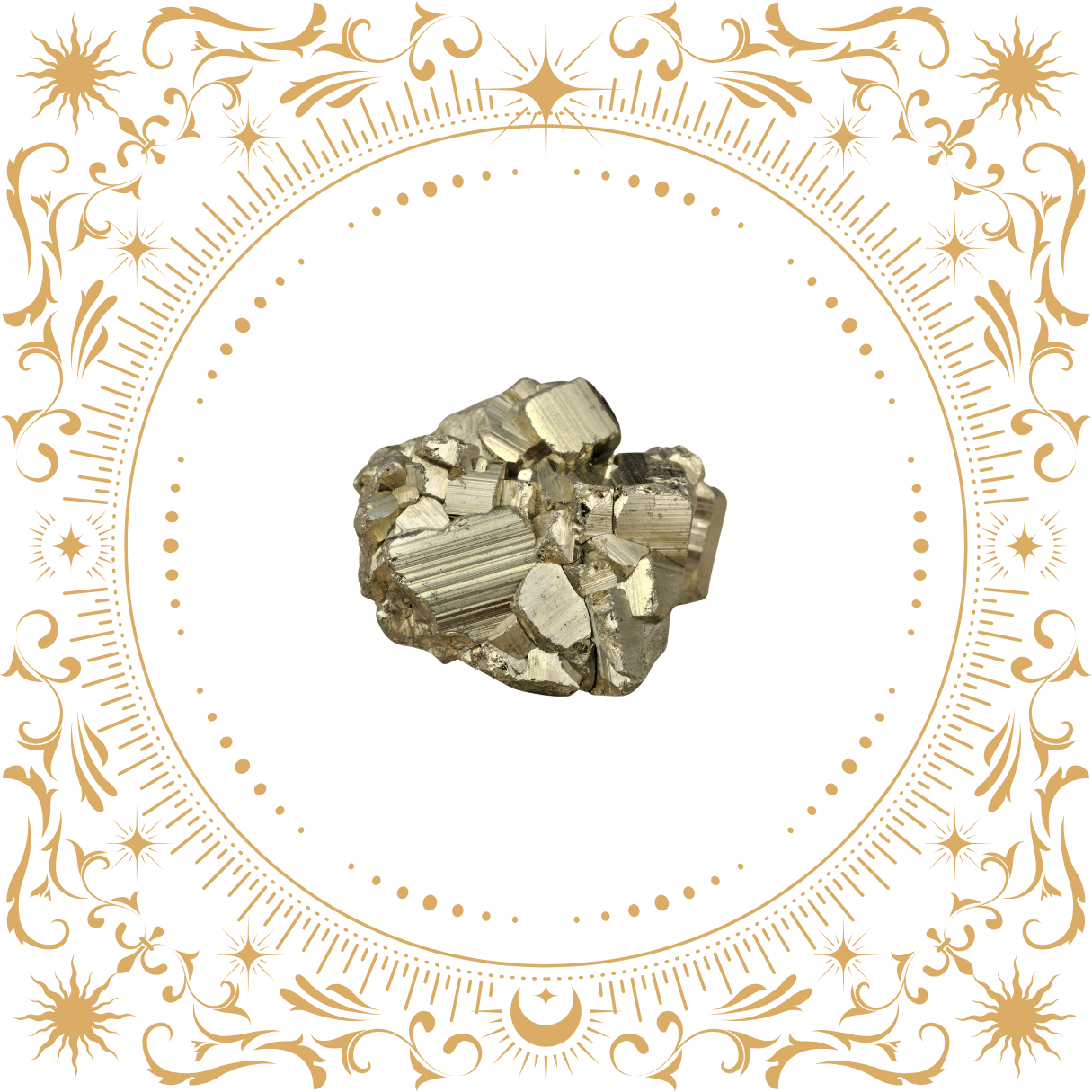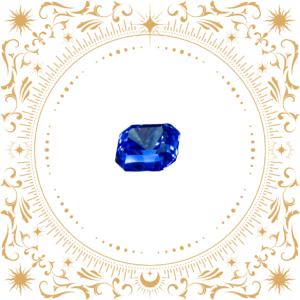Pyrite, also known as “Fool’s Gold,” is a striking mineral known for its metallic luster and brassy-yellow color. Despite its nickname, pyrite is a valuable and fascinating mineral with various practical and decorative uses.
Here’s an overview of pyrite and its uses:
- Appearance: Pyrite typically forms in cubic or pyritohedral crystals, often exhibiting a metallic luster that can resemble gold, hence its nickname “Fool’s Gold.” It may also occur in massive or granular forms.
- Color: Pyrite is commonly brassy yellow to golden in color, although it can also display shades of greenish-gray or brownish-black.
- Composition: Pyrite is composed of iron disulfide (FeS2), making it an iron sulfide mineral. It often forms in association with other minerals in various geological settings.
Uses:
- Industrial Applications: Pyrite has several industrial uses due to its high iron content. It is a significant source of sulfur for the production of sulfuric acid, which is widely used in various industrial processes, including mining, metallurgy, and chemical manufacturing. Additionally, pyrite is used in the production of sulfur dioxide, an important chemical in the pulp and paper industry.
- Jewelry and Decorative Items: Despite its tendency to tarnish and degrade over time, pyrite is occasionally used in jewelry and decorative items. It is often incorporated into necklaces, bracelets, earrings, and pendants as beads or cabochons. Pyrite’s metallic luster and unique appearance add a distinctive touch to jewelry designs, providing a more affordable alternative to gold or brass.
- Crystal Healing: In the realm of alternative healing practices, pyrite is believed to possess grounding and protective properties. It is thought to promote vitality, strength, and confidence, making it a popular choice for those seeking to boost energy levels or overcome feelings of lethargy and negativity. Pyrite is often used in crystal healing layouts or carried as a talisman for protection against negative energies.
- Educational and Geological Displays: Pyrite’s distinctive appearance and association with gold make it a popular choice for educational purposes and geological displays. It is often featured in mineral collections, museum exhibits, and educational kits to illustrate concepts related to mineral identification, crystallography, and ore formation.
- Pyrite Cubes: Pyrite cubes, particularly those from certain localities such as Spain, are highly prized by mineral collectors for their well-defined crystal faces and geometric shapes. These specimens are sought after for their aesthetic appeal and geological significance, often commanding high prices in the collector’s market.
Despite its misleading nickname, pyrite is a valuable mineral with a range of practical and decorative applications. From industrial uses to crystal healing and mineral collecting, pyrite continues to captivate and inspire people with its unique properties and striking appearance.






